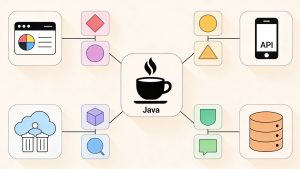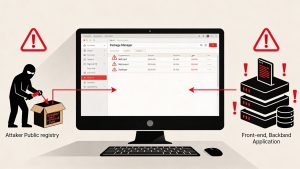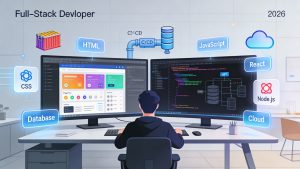What Shipped This Month
October 2025 marked a significant leap forward in the AI tooling landscape, with several major releases and updates that are reshaping how developers and technical teams work. The latest innovations focus on production-grade capabilities, improved integration, and enhanced user experience.
Video Generation Reaches New Heights
OpenAI’s Sora 2 has set a new benchmark for AI-powered video generation. The model delivers improved temporal coherence, longer clip durations, and advanced control parameters, making it suitable for commercial applications. Developers can now integrate Sora 2 into their workflows via Azure, unlocking new possibilities for programmatic video creation.
Real-world use cases show dramatic improvements in efficiency. For example, a video creator reduced multi-brand ad production time from eight hours to just four by combining Sora 2 with Runway’s enhanced toolkit. Sora 2’s ability to simulate real-world physics, synchronize audio, and allow for cameos (inserting real people into generated scenes) makes it a versatile tool for marketing, education, and creative storytelling.
AI-Centric Browsing: Perplexity Comet
Perplexity’s Comet browser is redefining how developers interact with the web. Built on Chromium, Comet integrates an AI assistant directly into the browsing experience, enabling faster research, context retention, and seamless workflow automation. The browser’s sidebar AI can summarize articles, draft emails, manage schedules, and even complete authorized transactions—all without switching tabs.
Comet’s agentic capabilities allow users to automate complex tasks, such as booking meetings or comparing products, while maintaining context across queries. This makes it a powerful tool for developers who need to accelerate research and streamline online workflows.
Enterprise Model Customization
Adobe AI Foundry now enables organizations to train custom generative models on proprietary datasets. This is particularly valuable for agencies and enterprises that need to maintain brand consistency across multiple campaigns. The platform includes built-in IP protection and scales pricing based on training data volume, making it accessible for teams of all sizes.
Claude Haiku 4.5: Enhanced Reasoning & Multimodal Capabilities
Anthropic’s Claude Haiku 4.5 is now the default model for many developers. The latest version offers improved baseline reasoning, better multimodal behavior, and superior handling of long-form content. For teams building on Claude’s API, these upgrades are most noticeable in complex analysis tasks and multi-step problem solving.
Runway Gen-3: Faster Generation & Advanced Controls
Runway’s Gen-3 toolkit received updates focused on speed and control. The new generation pipelines are faster, and the SDK has been optimized for smoother integration. Advanced camera control parameters give developers more creative freedom, making it easier to iterate and refine video content.
Free Tier Recommendations
Several tools offer robust free tiers, making them ideal for testing and prototyping:
- Perplexity Comet: Great for research and browsing.
- Runway: Excellent for video prototyping.
- Claude Haiku 4.5: Best for reasoning and analysis tasks.
Enterprise Considerations
For organizations evaluating AI tools for team or company-wide use, the following best practices are recommended:
- Start with pilot projects using freemium versions before committing to enterprise contracts.
- Clearly measure ROI by tracking time saved, costs reduced, and quality improvements.
- Prioritize IP protection, especially when working with proprietary datasets.
- Assess integration complexity, including API availability, SDK quality, and documentation.
Platform Updates Worth Noting
- OpenAI: Memory and personalization improvements for ChatGPT.
- Runway: Enhanced SDK and pipeline optimizations.
- Adobe: Improved Creative Cloud AI integration.
- Perplexity: Expanded language support and faster response times.
Looking Forward
November is expected to bring advanced AI coding assistants with debugging capabilities, enhanced multimodal processing (text, image, and video), and improved automation tools that connect AI models with business workflows. The focus is shifting from experimentation to production-ready solutions that solve specific bottlenecks.
October’s releases signal a maturation of AI tooling. These tools are no longer just experimental—they are production-ready for specific use cases. The question for developers and teams is no longer whether to explore AI tools, but which tools best address their unique challenges.
Read more such articles from our Newsletter here.



